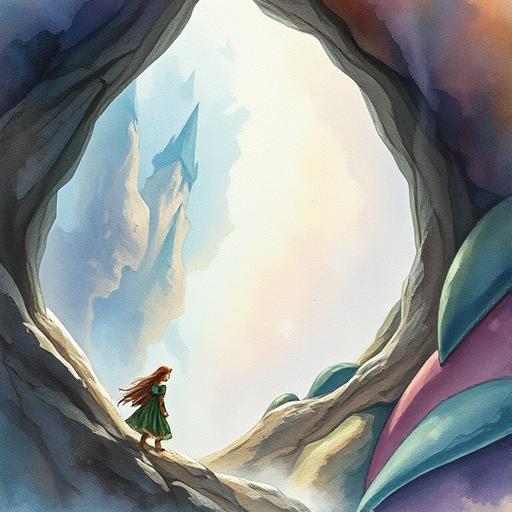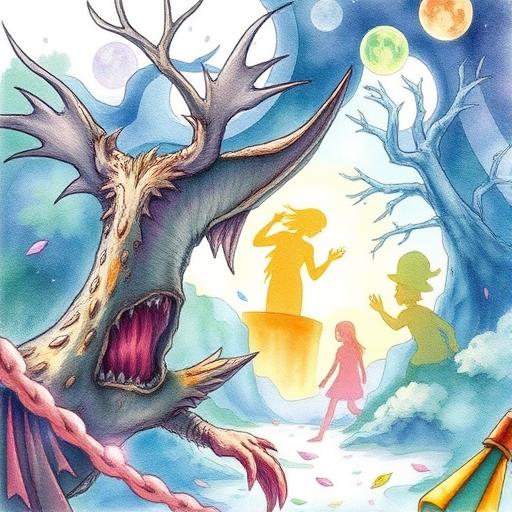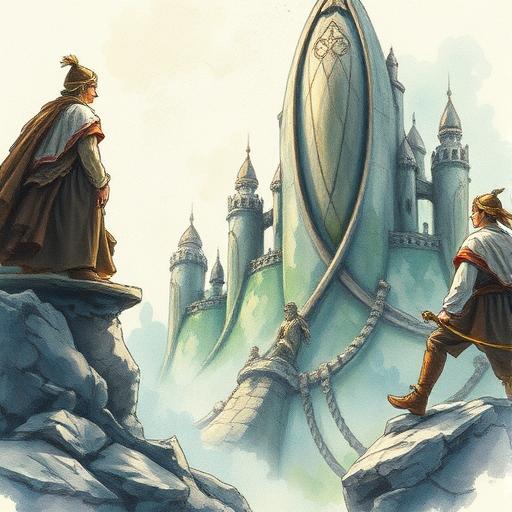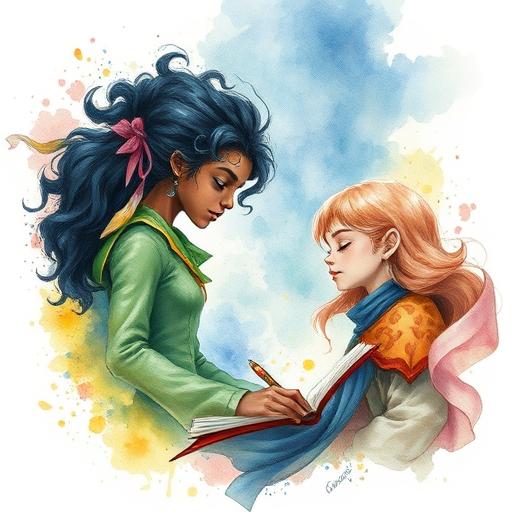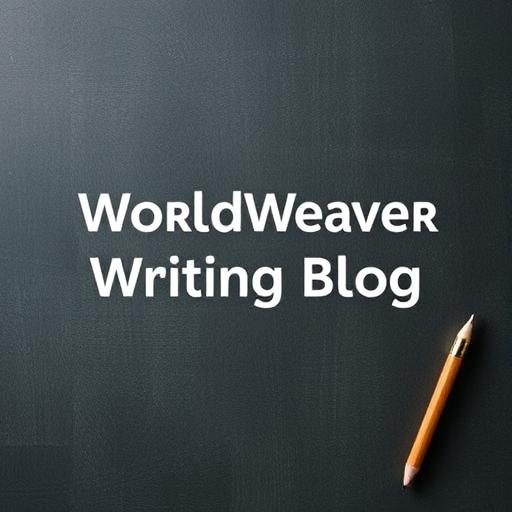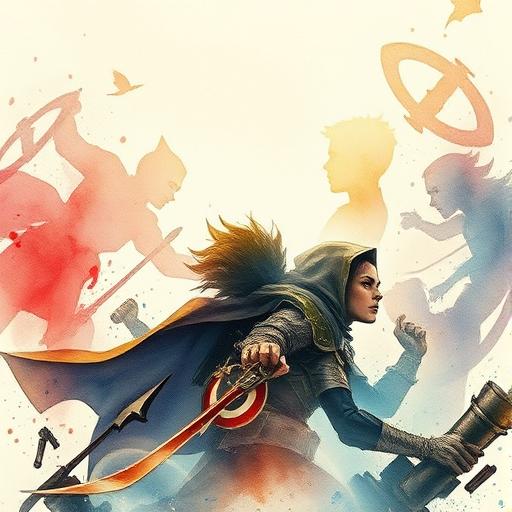Building a Writing Community and Collaborative Storytelling Techniques
Discover the power of collaborative storytelling and learn how to build a writing community that fosters creativity, diversity, and growth, with tips and techniques from experienced writers and worldbuilders.
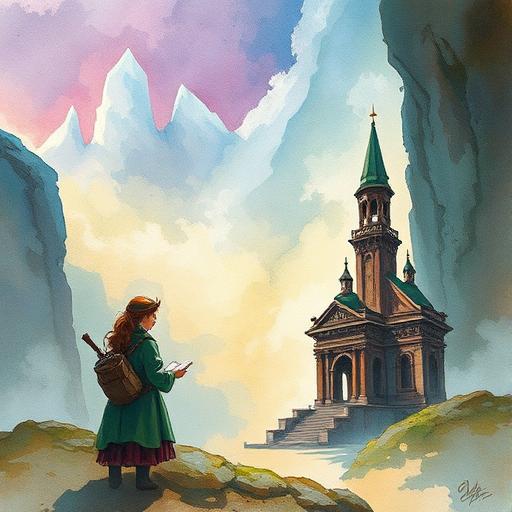
Introduction to Collaborative Storytelling
Collaborative storytelling is an exciting way to create unique and engaging stories. It involves working with other writers, artists, or worldbuilders to develop a shared narrative. This approach can help you tap into different perspectives, genres, and styles, resulting in a richer and more diverse story. For example, authors like George R.R. Martin and Patrick Rothfuss have successfully collaborated with other writers to create compelling stories.
Benefits of a Writing Community
A writing community can provide valuable support, feedback, and motivation for writers. Some benefits of being part of a writing community include:
- Connecting with fellow writers who share similar interests and goals
- Receiving constructive feedback on your work
- Learning from others and staying updated on industry trends
- Finding collaboration opportunities and co-creating new stories
- Overcoming writer's block and staying motivated
To build a strong writing community, consider reading our article on writing diverse and inclusive stories to learn how to create a welcoming and inclusive environment for writers from all backgrounds.
Techniques for Collaborative Storytelling
Collaborative storytelling requires effective communication, planning, and execution. Here are some techniques to help you get started:
- Establish clear goals and expectations for the project
- Define each team member's role and responsibilities
- Develop a shared world or setting using techniques like those described in our article on techniques for creating immersive and sensory-rich environments
- Create a shared narrative arc and character development plan
- Schedule regular meetings and feedback sessions to ensure everyone is on the same page
| Technique | Description | Benefits |
|---|---|---|
| World-building workshops | Collaborative sessions to develop a shared world | Encourages creativity, fosters teamwork |
| Character development exercises | Activities to create and refine characters | Helps writers understand each other's characters |
| Plot outlining | Creating a shared outline for the story | Ensures cohesion and direction |
Overcoming Challenges in Collaborative Storytelling
Collaborative storytelling can be challenging, especially when working with writers from different backgrounds and styles. Some common challenges include:
- Conflicting creative visions
- Difficulty in finding a shared tone or voice
- Managing different work schedules and deadlines
- Balancing individual creative control with collaborative decision-making
To overcome these challenges, consider reading our article on narrative structure techniques to learn how to create a cohesive and engaging story. You can also check out our article on how to write for beginners for tips on developing your writing skills and adapting to a collaborative environment.
Building a Writing Community
Building a writing community requires effort, dedication, and a willingness to connect with others. Here are some steps to help you get started:
- Attend writing workshops, conferences, and online events
- Join online writing groups, forums, and social media communities
- Participate in writing challenges and prompts to meet other writers
- Host or attend local writing meetups and critique groups
- Share your work and provide feedback to others in a spirit of mutual support and growth
By following these steps and being open to new experiences and collaborations, you can build a vibrant writing community that fosters creativity, diversity, and growth. Don't be afraid to experiment and try new things – as authors like Neil Gaiman and Terry Pratchett have shown, collaborative storytelling can lead to amazing and unexpected results.
Conclusion and Next Steps
Collaborative storytelling and writing communities can be powerful tools for writers and worldbuilders. By embracing these approaches, you can tap into new ideas, perspectives, and creative energies. For more tips on worldbuilding and writing, check out our article on world and planet writing to learn how to create unique and immersive settings for your stories. Remember to stay flexible, open-minded, and willing to learn from others – and most importantly, have fun and enjoy the creative journey!
Comments
Comments are hidden to save bandwidth. Load them when you want to read or leave one.
